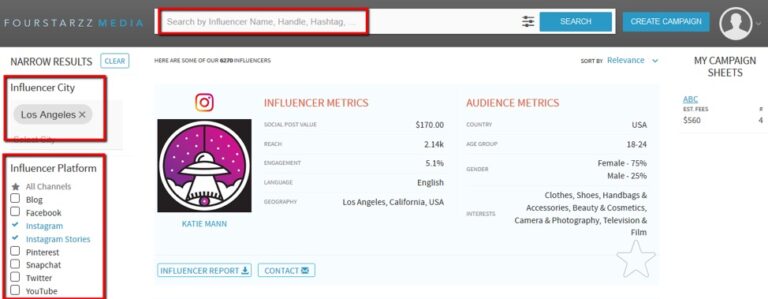Still not sure just how important it is to adapt your business for the mobile consumer? Check out the infographic below for a surprising glimpse into the reality of the fast-growing mCommerce market.
[Tweet “#Infographic: How to Capitalize on #mCommerce Profitability w/@Chargebacks911”]
Despite the opportunities offered by the rapid growth in mCommerce and mobile payments, merchants overall remain skeptical. Most small and medium-sized enterprises are still hesitant to jump onboard. For example, only 45% of retailers cited omnichannel efforts as a top priority in 2015.
Mobile is the fastest-growing payment platform in retail. In fact, sales are actually expected to quadruple between 2014 and 2018, reaching a total of 4.6 billion.

However, mCommerce can prove to be a great windfall for a business, as long as it’s implemented and managed effectively.
“It’s impossible to ignore the direction in which the industry is moving,” says Chargebacks911™ co-founder and COO Monica Eaton-Cardone. “The consumer market is saturated with smartphones, and once consumers accept the mobile platform as a secure payment option, it will quickly become the dominate payment scheme for eCommerce.”
- Creating a mobile-optimized site that reduces friction in the checkout process
- Understanding the unique risks associated with the mobile platform and taking a proactive approach to risk mitigation
- Streamlining the shopping experience so customers can move seamlessly from one channel to another
In addition, marketing to the mobile-empowered shopper demands a more tailored approach. Looking at generalized demographic data doesn’t provide merchants with the degree of insight necessary to market to customers who expect a personalized experience. Given that three out of every four shopping carts are ultimately abandoned by online shoppers, leading to roughly trillion in lost sales opportunities each year, merchants have a lot to gain by meeting customers’ expectations and reducing friction.
With mCommerce, customers are no longer rooted to the desktop—now they have the freedom to shop anywhere at any time. This presents a great new opportunity for merchants to drive new sales, while also placing a greater degree of responsibility on merchants’ shoulders.
Merchants need to optimize the customer experience, placing high importance on brand reputation, loyalty, and sustainability. This means:



![The Ultimate List of Data Clean Room Providers [2022]](https://research-institute.org/wp-content/uploads/2022/04/the-ultimate-list-of-data-clean-room-providers-2022-768x376.jpg)


